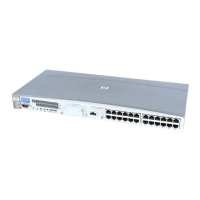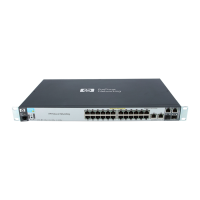SPI Programming Considerations
NonStop Pathway/iTS Management Programming Manual—426749-002
3-21
Considerations for SSPUT
Considerations for SSPUT
The Pathway subsystem does not support multiple commands in the same message,
or arrays or multiple occurrences of the same token.
Considerations for SSNULL and Extensible Structured Tokens
Your program should always call SSNULL to initialize an extensible structured token
before assigning values to fields in that token, even if you assign a value to each field
and even if the extensible structured token has only one field. Using SSNULL allows
your program to accommodate future expansion in the extensible structured tokens.
Null Values and Defaults
You can set all of the fields in any of the Pathway extensible structured tokens to null
values by calling SSNULL. In an ADD command, required fields containing the null
value cause the PATHMON process to return an error. Fields that are not required and
that contain a null value take on their default values when sent with an ADD command.
Any field can be null in an ALTER command; the null value means no change.
Issuing an INFO command with a null object-selector (SEL-) token returns the default
values for an object’s attributes—the object-selector token is returned with null values
in each required field and default values in each optional field. Consequently, it is not
necessary for the program to determine either the PATHMON process’s null values or
its defaults.
Specifying Continuation
Because the Pathway subsystem does not support multiple responses per response
buffer, your management application must use continuation if you want to change or
query a series of objects or subobjects with a single command. Continuation allows
your management application to resubmit a command repeatedly until all objects or
subobjects in a series have been accessed. The Pathway subsystem supports
response continuation for some commands but always returns only a single response
per response buffer.
Continuation, therefore, is helpful to use when you want to perform the following:
•
Affect, query, or control more than one object or subobject
•
Query a specific object or subobject when you do not have its name or when its
name has changed
Continuation Procedure
To specify continuation for commands that support it, your program must:
1. Call the SSINIT procedure, specifying the appropriate command
(ZPWY-CMD- ) and object (ZPWY-OBJ- ).

